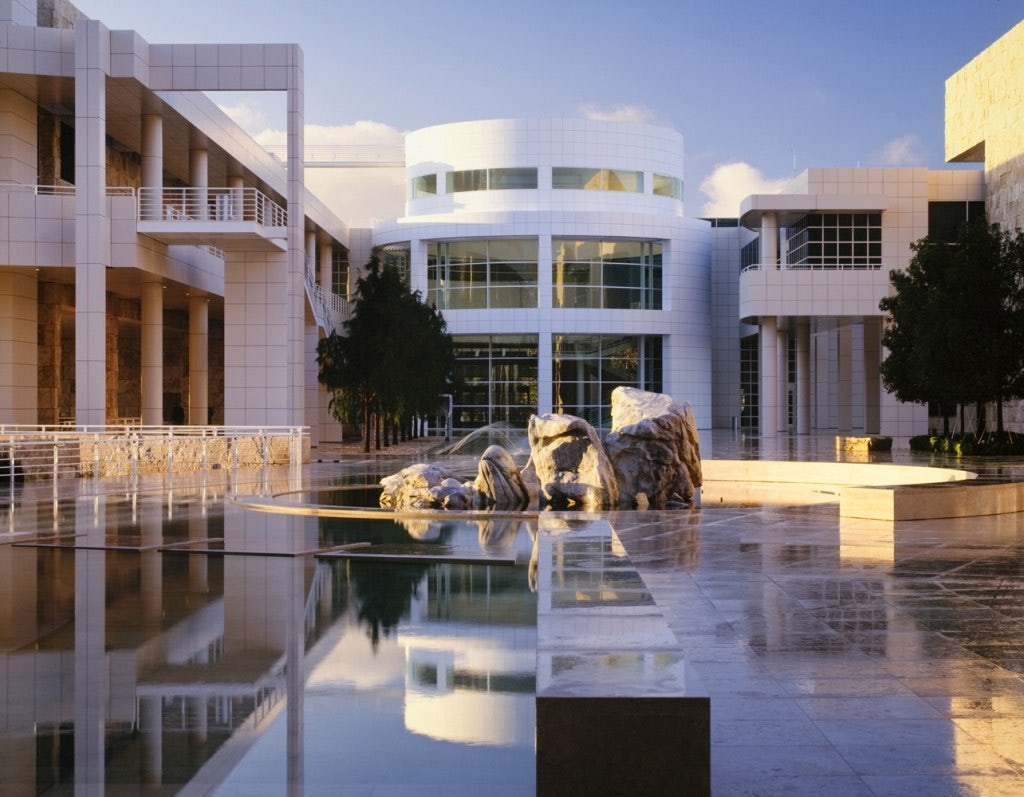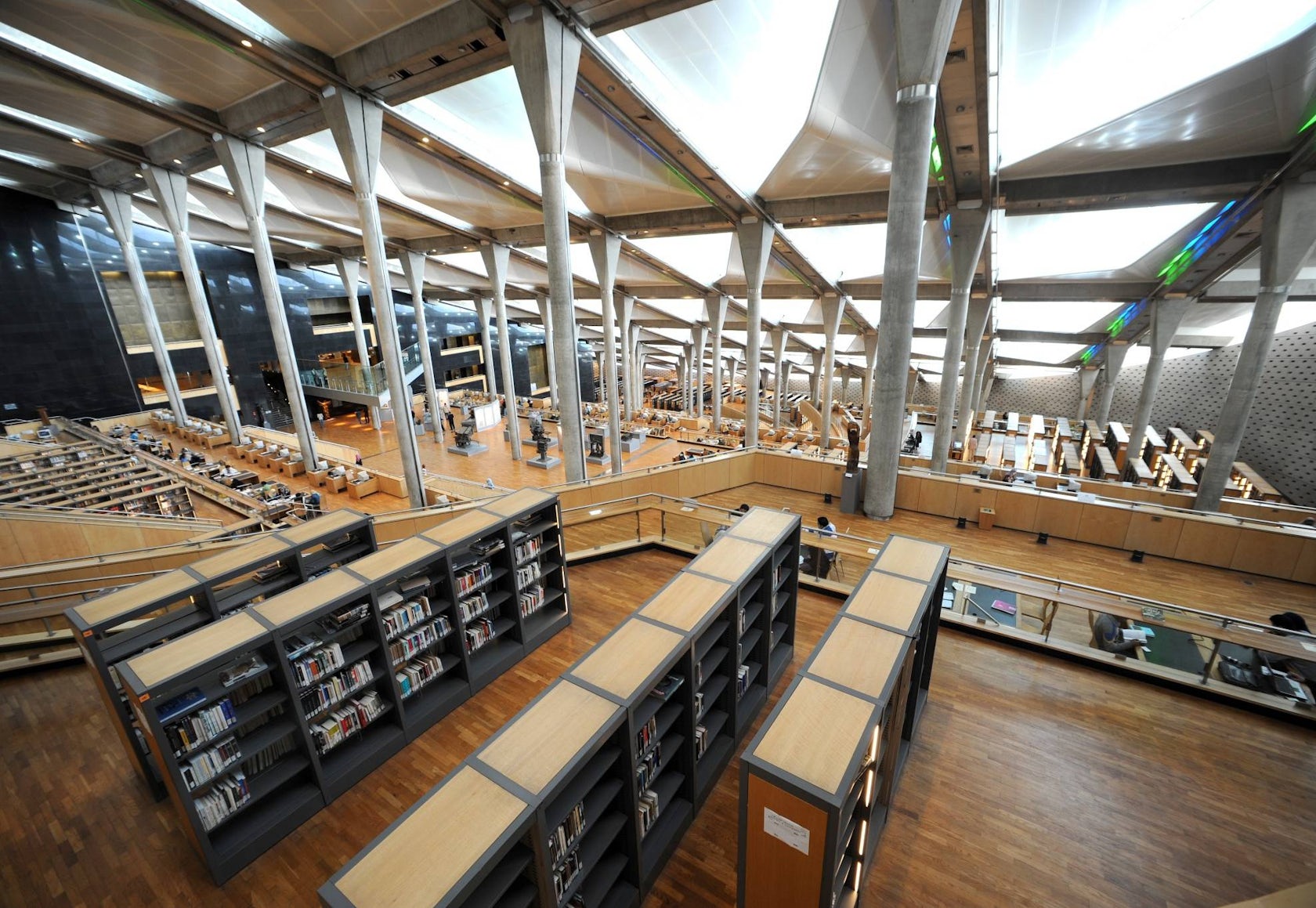Geometry inspires design. Grounding architecture, pure forms and geometry structure ideas on space, sequence and light. Architects and designers use shapes like triangles and squares as the fundamental building blocks to larger concepts. As one of the most iconic forms, circles are a universal symbol that transcend context and locale. Representative of totality or movement, circles imply infinity and cyclical patterns as a sacred shape across cultures. Made throughout millennia, circular architecture encourages assembly and reflection.
Continuing our series on pure forms, we’ve gathered a collection of circular cultural centers from the Architizer database. Building upon the circle’s symbolism, these designs feature sweeping curves and seamless edges that guide circulation and organization. As a mix of programs and scales, the projects explore the meaning of circles and their formal possibilities. While each design tackles unique environmental conditions, all the projects share a common language across broad conceptual ideas. As a whole, the projects represent critical investigations into spatial porosity, orientation and radial expression.

© MeierPartners Architects

© MeierPartners Architects

© MeierPartners Architects
The Getty Center by Richard Meier & Partners Architects, Los Angeles, Calif., United States
Overlooking Los Angeles from the Santa Monica Mountains, Richard Meier’s Getty Center was built as multiple buildings across a 110-acre campus. Designed around spatial sequence and museum experience, the Getty integrates into the topography and surrounding landscape through loggias and outdoor gardens.

© OFIS architects, SADAR + VUGA, dekleva gregoric architects, Bevk Perović arhitekti

© OFIS architects, SADAR + VUGA, dekleva gregoric architects, Bevk Perović arhitekti
The Cultural Center of European Space Technologies by Bevk Perović arhitekti, SADAR + VUGA, OFIS architects and dekleva gregoric architects, Vitanje, Slovenia
This innovative cultural center was created as a social hub in Vitanje, Slovenia. Conceptually, the structure was designed around ideas proposed by Herman Potocnik Noordung, the first theoretician of space. The building takes its shape from the habitation wheel of the first geostationary space station, a form described by Noordung in 1929. Housing cultural, social and scientific activities, the monolithic concrete project includes a delicate metal façade that surrounds and encircles its inner spaces.

© Perkins&Will

© Perkins&Will

© Perkins&Will
Shanghai Natural History Museum by Perkins+Will, Shanghai, China
The Shanghai Natural History Museum was designed around more than 10,000 artifacts from all seven continents. The project features a sweeping glass wall inspired by the cellular structure of animals and plants.

© Bernard Tschumi Architects

© Bernard Tschumi Architects
Alésia Museum and Archaeological Park by Bernard Tschumi Architects, Alise-Sainte-Reine, France
Tschumi’s Alésia Museum was created as two separate, but related structures. The first building, the interpretive center, has been built at the historic Roman field position. This project is a circular building clad with wood that includes a roof garden and a dual material language between exterior and interior space.

© BARRU arkitektura SLP

© Daniel Sanchez
Orona Ideo by Xabier Barrutieta architects, San Sebastián, Spain
As the flagship design of the new extension of the Technology Park of San Sebastian, Orona IDeO serves as a hub for researchers and students. Based on the concept of the Urban Cell, the design features a series of linked buildings and urban spaces.

© Gerald Zugmann

Bibliotheca Alexandrina by Snøhetta, Alexandria, Egypt
Snøhetta’s design for the Bibliotheca Alexandrina launched the Norwegian firm into the international spotlight. Located adjacent to the city’s historic center and ancient harbor, the library includes other cultural and educational programs like a museum, school and planetarium. Formally, a tilted, circular volume emerges from the ground, while a footbridge, reflecting pool and open plaza spatially connect the building to its nearby context.

© Alberto Campo Baeza

© Alberto Campo Baeza
The Ma: Andalucia’s Museum of Memory by Alberto Campo Baeza, Calle Parque de las Ciencias, Granada, Spain
Created around the history of Andalusia, this museum focuses on a central courtyard that takes on an elliptical form with circular ramps. Inspired by dimensions of the Palace of Charles the V in the Alhambra, the project includes a large horizontal platform that extends to the river.

© Caples Jefferson Architects

© Caples Jefferson Architects

© Caples Jefferson Architects
Queens Theatre in the Park by Caples Jefferson Architects, Queens, N.Y., United States
Playing off the circular geometries of the original Philip Johnson World’s Fair complex, the Queens Theatre centers on a transparent viewing pavilion made with rich materials and colors. Designed to create the impression of round spiraling forms, the project features structurally glazed walls with metal fins at each joint.









